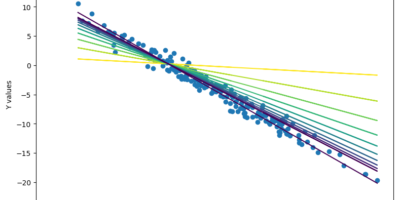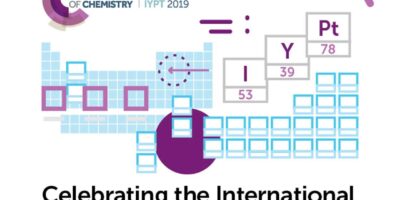Regardless of the engineering discipline you’re in, you’ve probably heard of the incredibly versatile material known as graphene. Made of a sheet of carbon atoms only one atom thick, it just happens to be the best electrical and heat conductor discovered, as well as the strongest compound known. The unique properties of the material would open up a whole range of engineering applications, including carbon nanotubes, supercapacitors, and perhaps even foldable electronic devices. That is, if the cost to produce it weren’t so high.
For a long time, the problem in creating graphene was isolating the carbon sheets that compose the material. In 2004, researchers Andre Geim and Kostya Novoselov from the University of Manchester stumbled upon a very low-tech method to obtain graphene: they noticed that they were able to remove a small layer of carbon from a chunk of readily-available graphite (the stuff in pencil leads) using a piece of tape. Repeating the process several times on the piece of tape created a layer of carbon atoms only one layer thick: graphene. The discovery earned the researchers the 2010 Nobel Prize in Physics. Despite not needing any sort of special equipment to create the material, however, actually implementing it in industry turned out to be quite difficult, as sheets of graphene of a size suitable for practical application were far more difficult to produce.
A new method for creating graphene, however, could reduce the cost of the material thousandfold. Shou-En Zhu, a researcher at the Delft University of Technology in the Netherlands, has devised a deposition process involving a mix of gases, including methane, circulating over a copper sheet heated to a thousand degrees Celsius. The copper strips the carbon atoms from the methane molecules, leaving hydrogen gas and a thin sheet of carbon on the copper plate. Zhu’s method could be the key to bringing graphene out of the lab and out into industry.
While graphene does indeed seem to be a wonder material, some say that its properties are greatly overstated and the publicity surrounding it is excessive. One of the most promising applications of graphene in electronics, its potential use in super-fast logic chips, has already been shot down: the fact that graphene comes in a continuous sheet of atoms makes it useless as a semiconductor, and thus it cannot be used in transistors. Scientists are already observing the properties of graphene-related materials, such as silicene and phosphorene (single sheets of silicone and phosphorous), as possible semiconductor alternatives. These materials, however, face their own problems, notably their degradation in a matter of minutes in the presence of oxygen.
Perhaps, with some more technological advances, these graphene-like materials will become the new “wonder materials” of the near future.




Leave a Reply